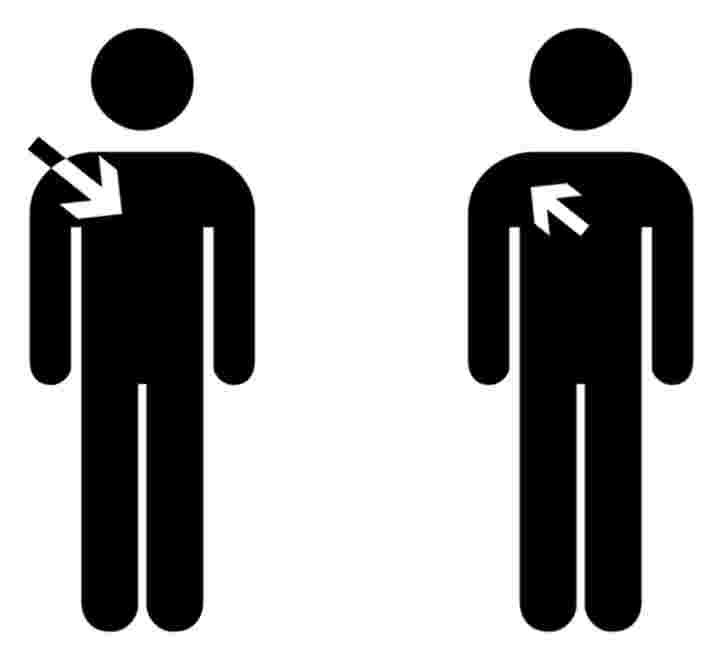The sequence of the process in which artists become inspired was concluded for the three chapters: the initial sensing that something exists transforms to a specific feeling within the artists which is then acknowledged with impressions of images and words. Acknowledgement receives artistic abstract shapes, and with it colours that produce a sense of movement. As the creative energy moves it is manifested through the place, the experience of life and its beauty, which allows the artists to perceive a space, an individual character of the shared reality.
The notion of inner reality within the shared reality was explored in a final workshop experiment undertaken for this research (see chapter 14), where I have guided a group of eight individuals that defined themselves as ‘non artists’ to draw inwardly and see if they can connect to inner images and emotions. Each individual worked privately, with his or her eyes closed, yet they all shared the same guidance that I provided, and also produced some remarkable similarities in their works. The experiment indicated that the creative process can be learned and achieved by all people, rather than seen as ‘inherent’ or ‘inspired’ by high forces to some individuals only.
Analysis and reflection of external circumstances, discussed in this chapter, has provided for the core themes of the inspiration process as well as for the workshop experiment. The following chapters (10–14) will demonstrate how these core themes can be approached not from external circumstances only, but from internal circumstances of the artists, looking at them not from the outside but from the inside (see fig. 10).

Figure 10: Graphic illustration of the idea of external influences on the artist (left), and internal influences (right). Image © Gil Dekel.